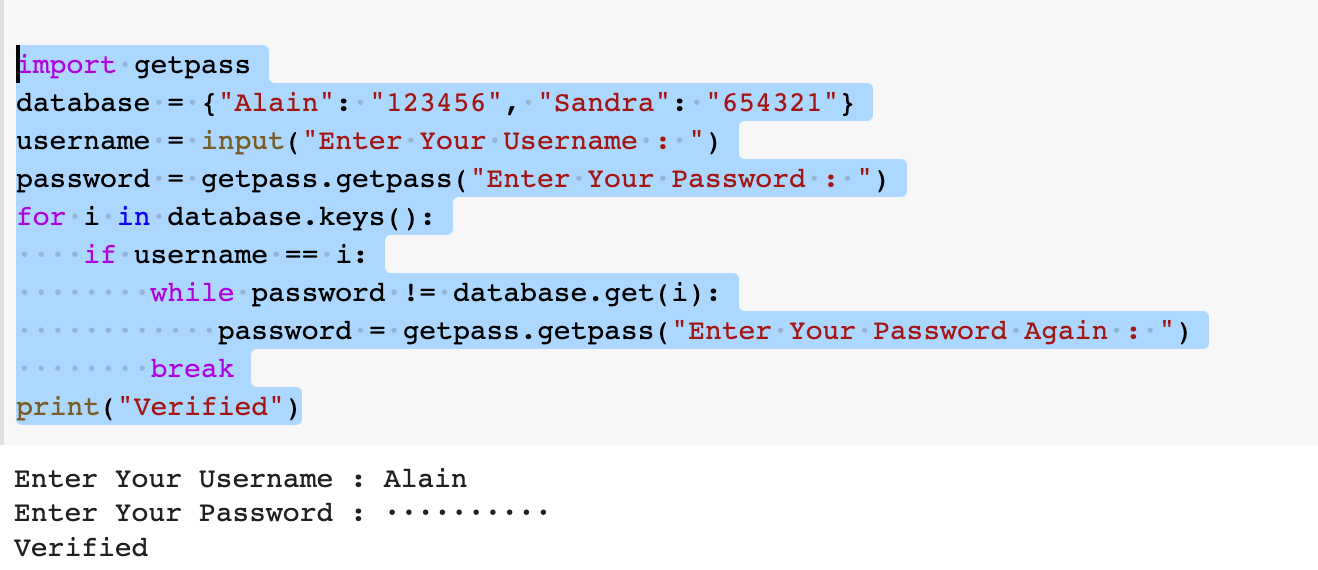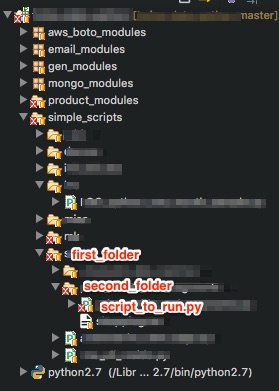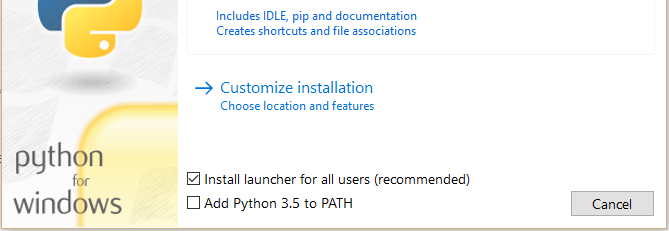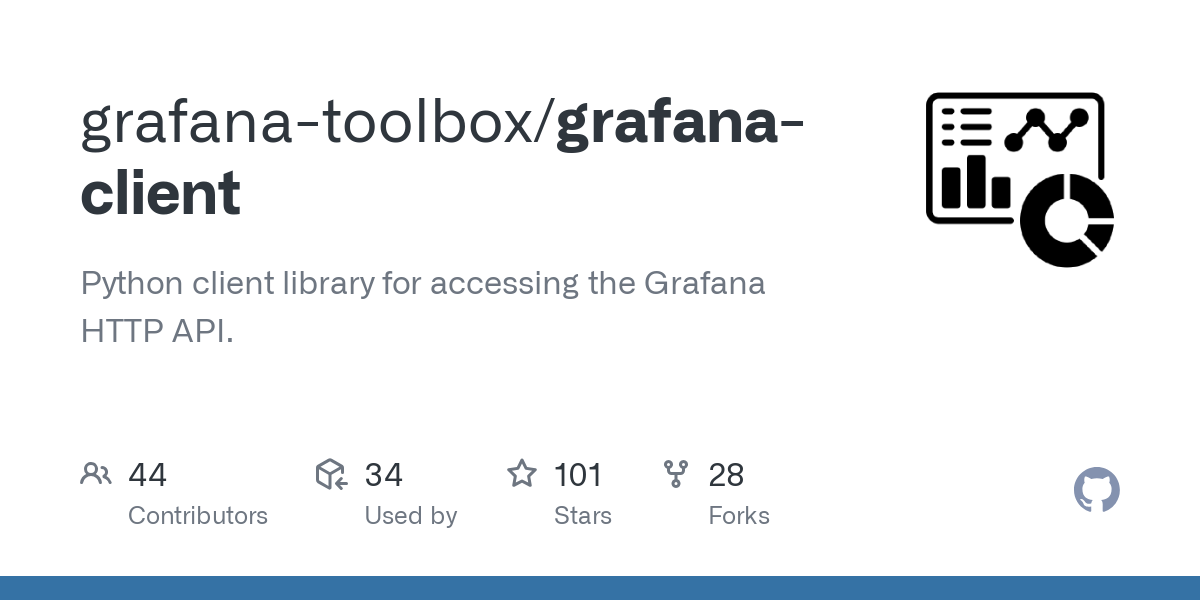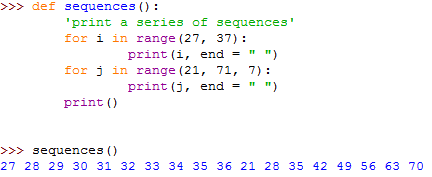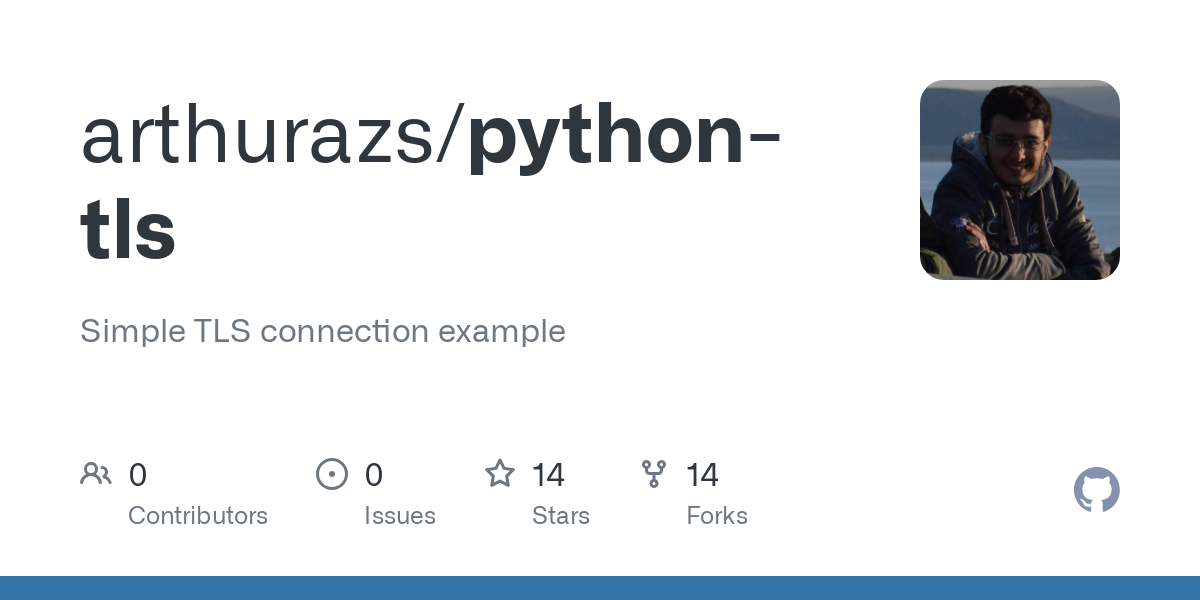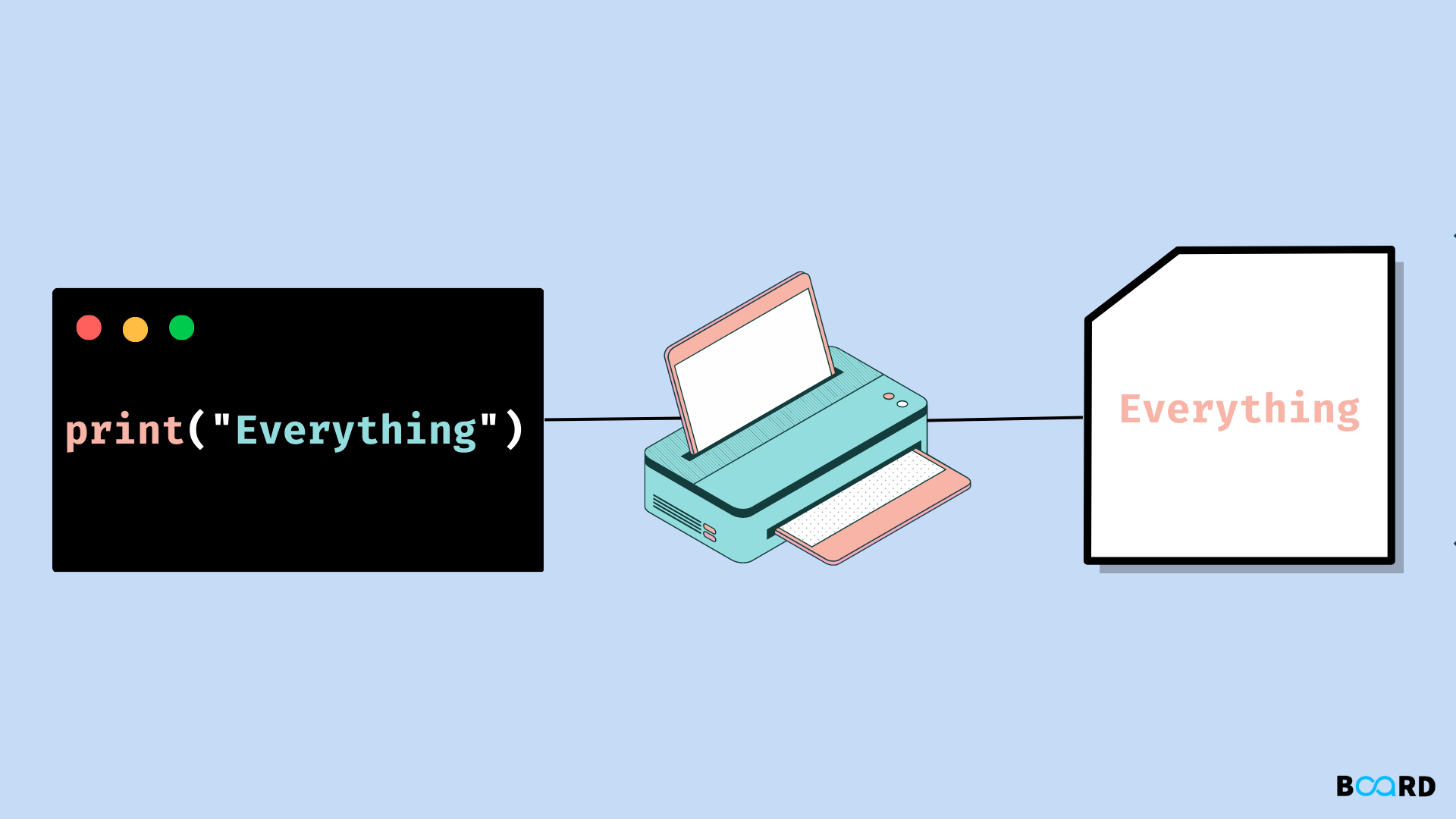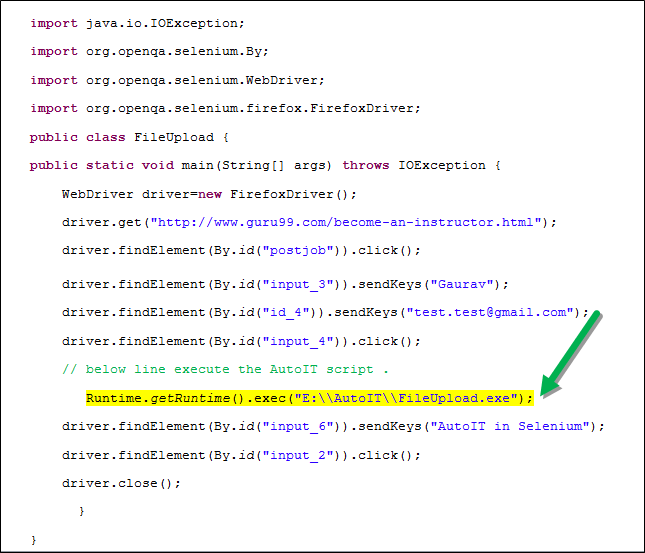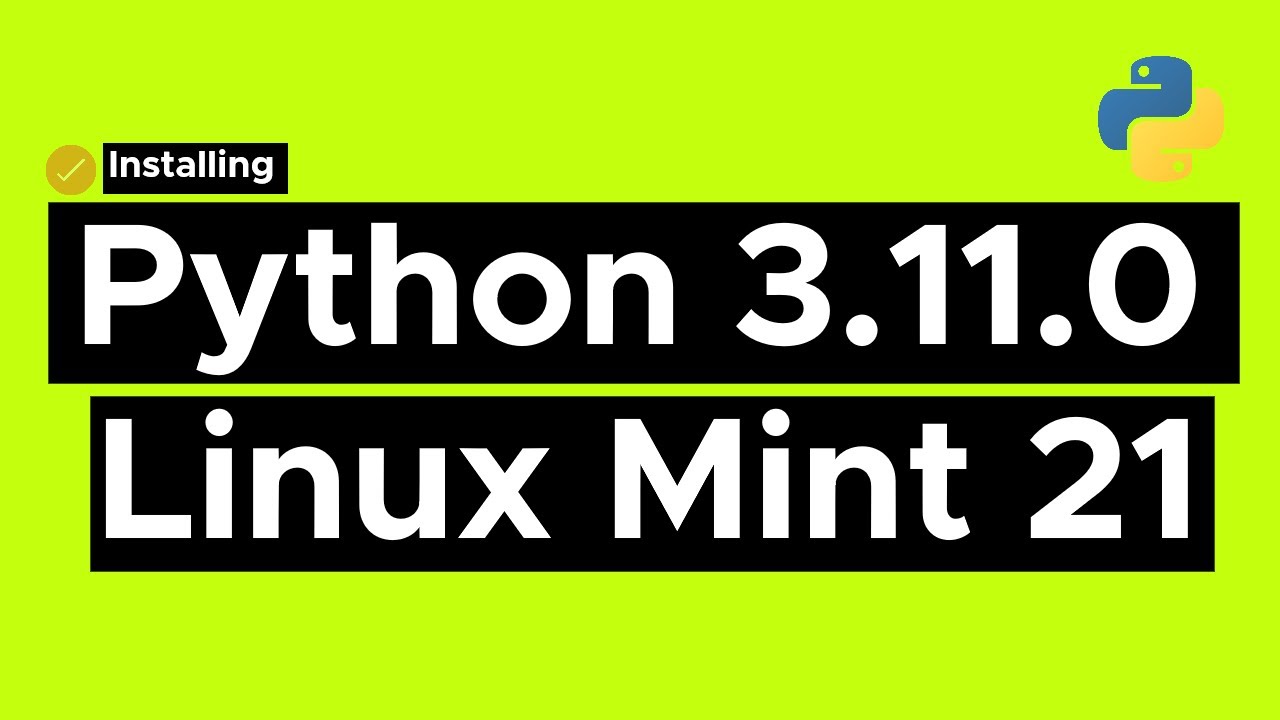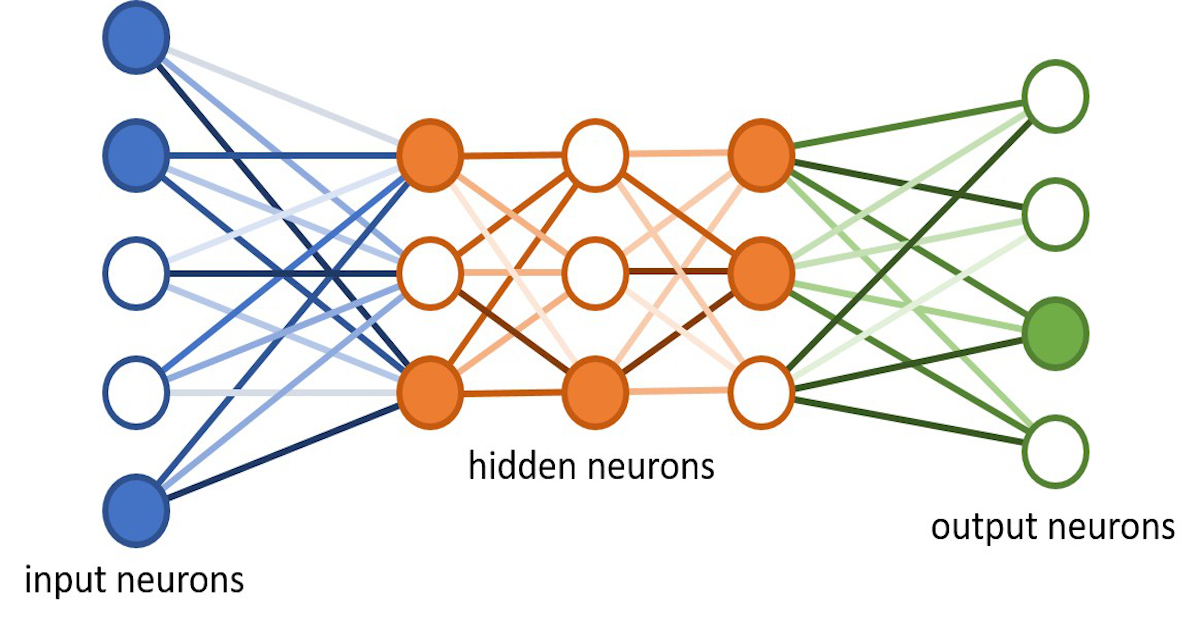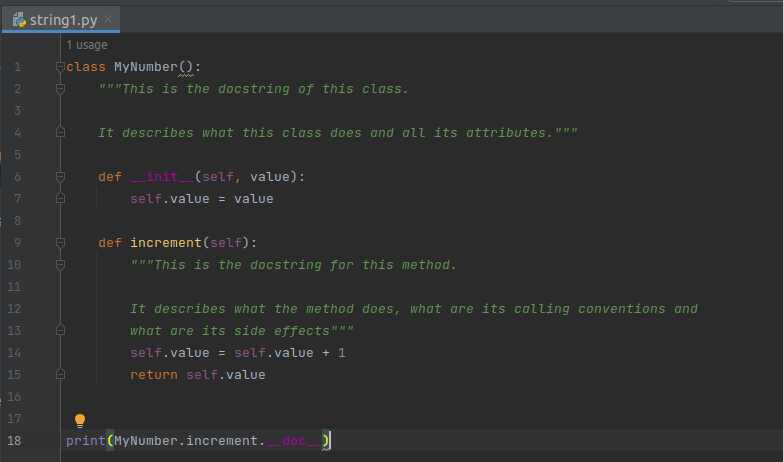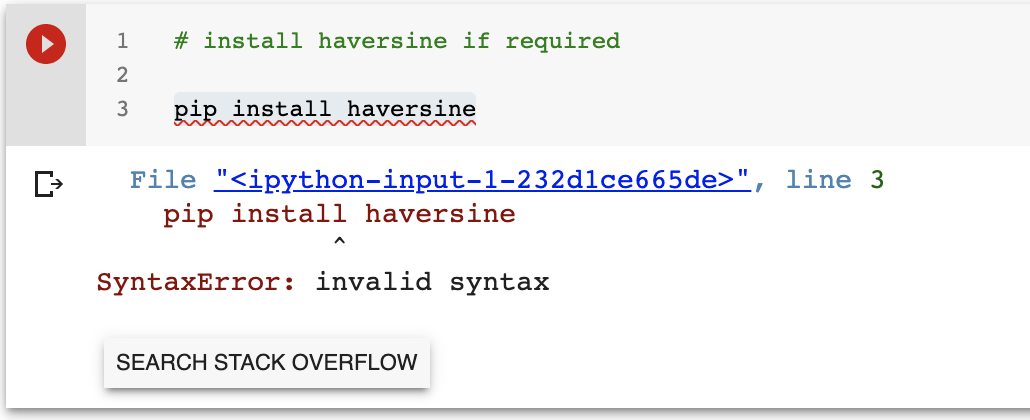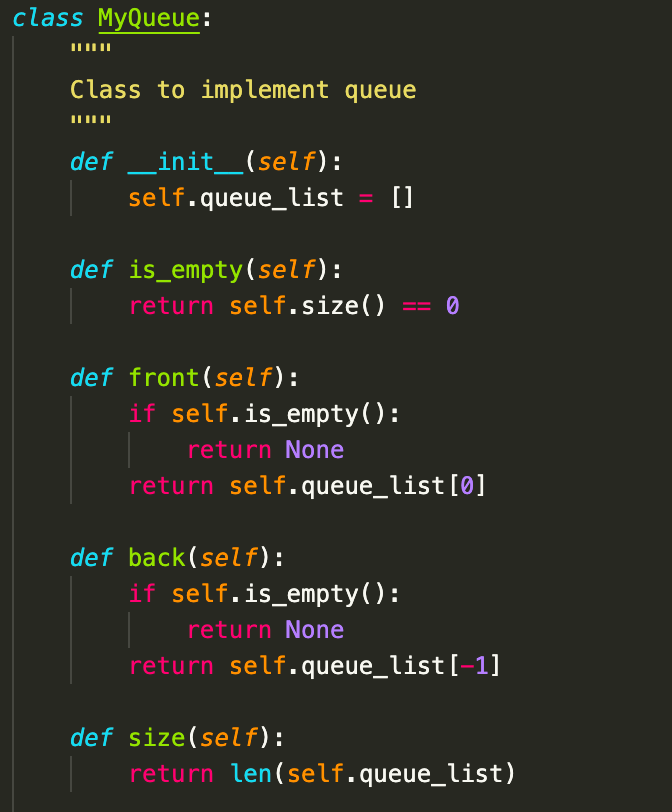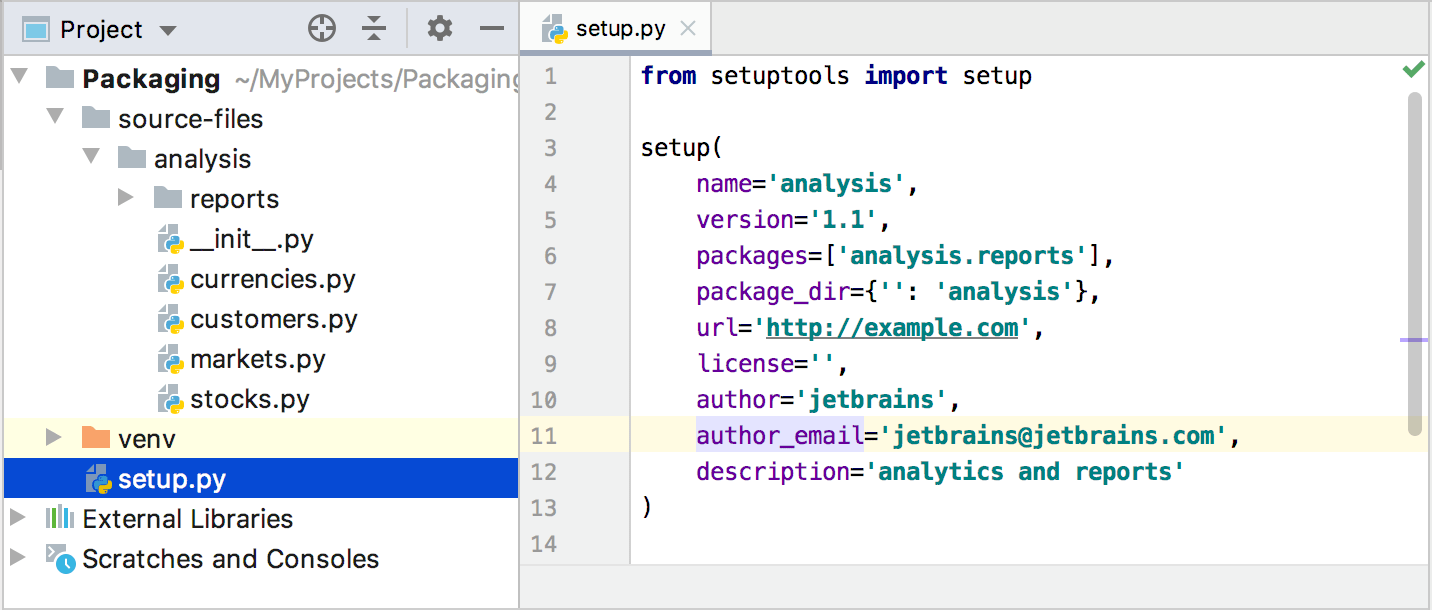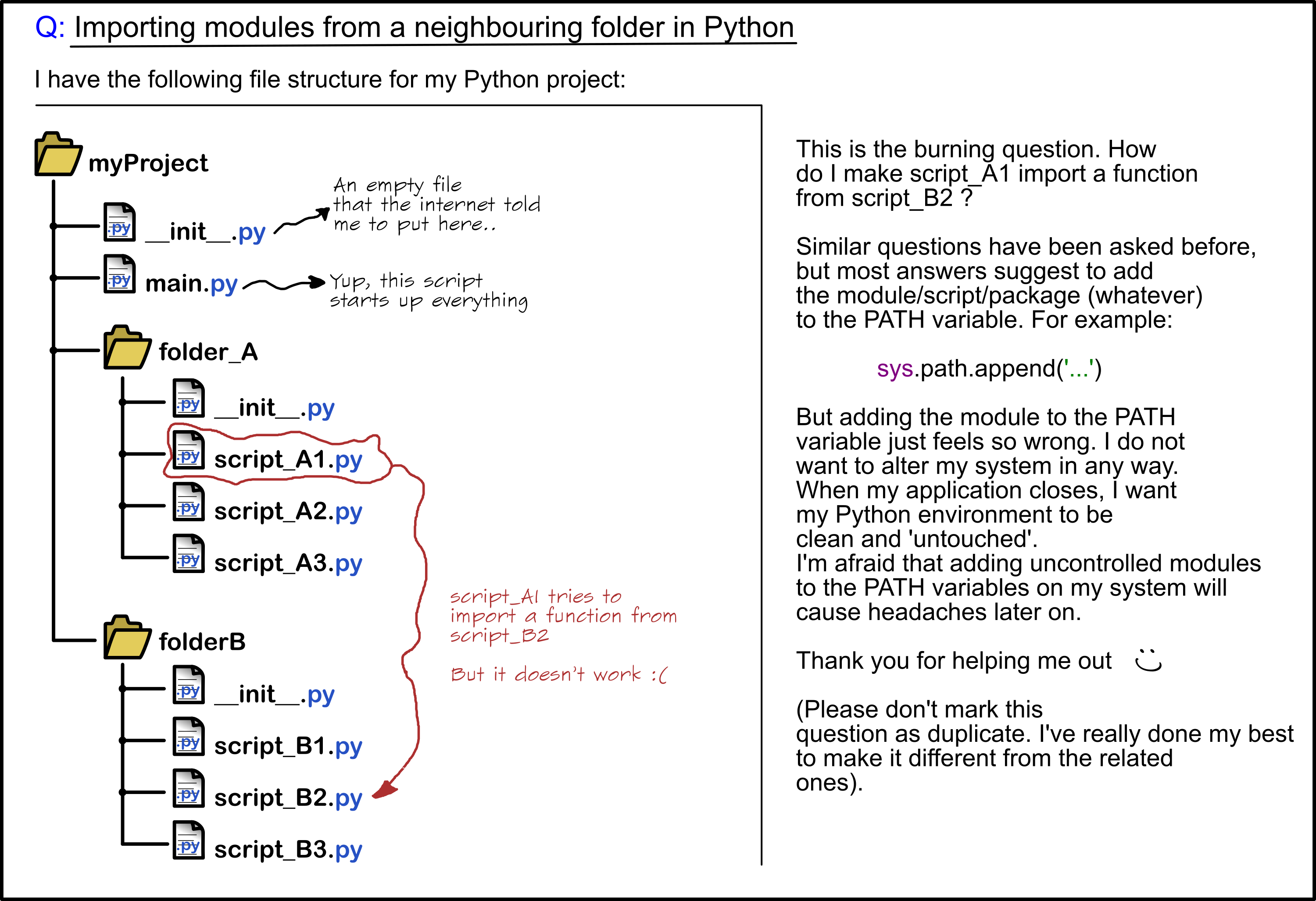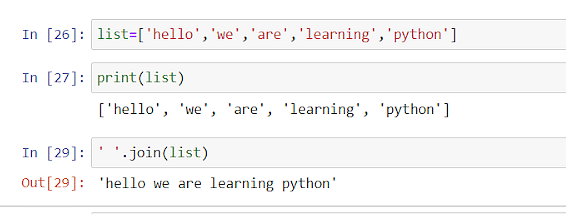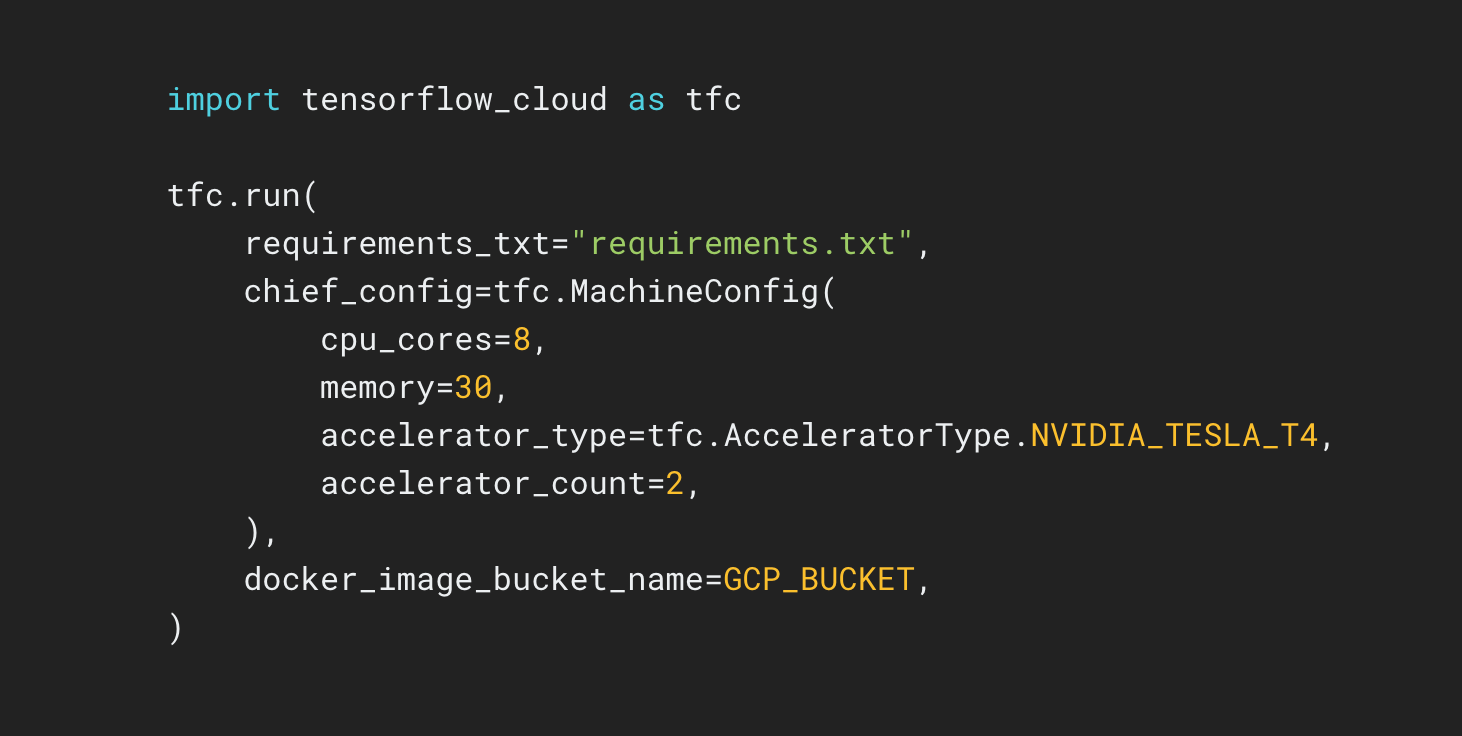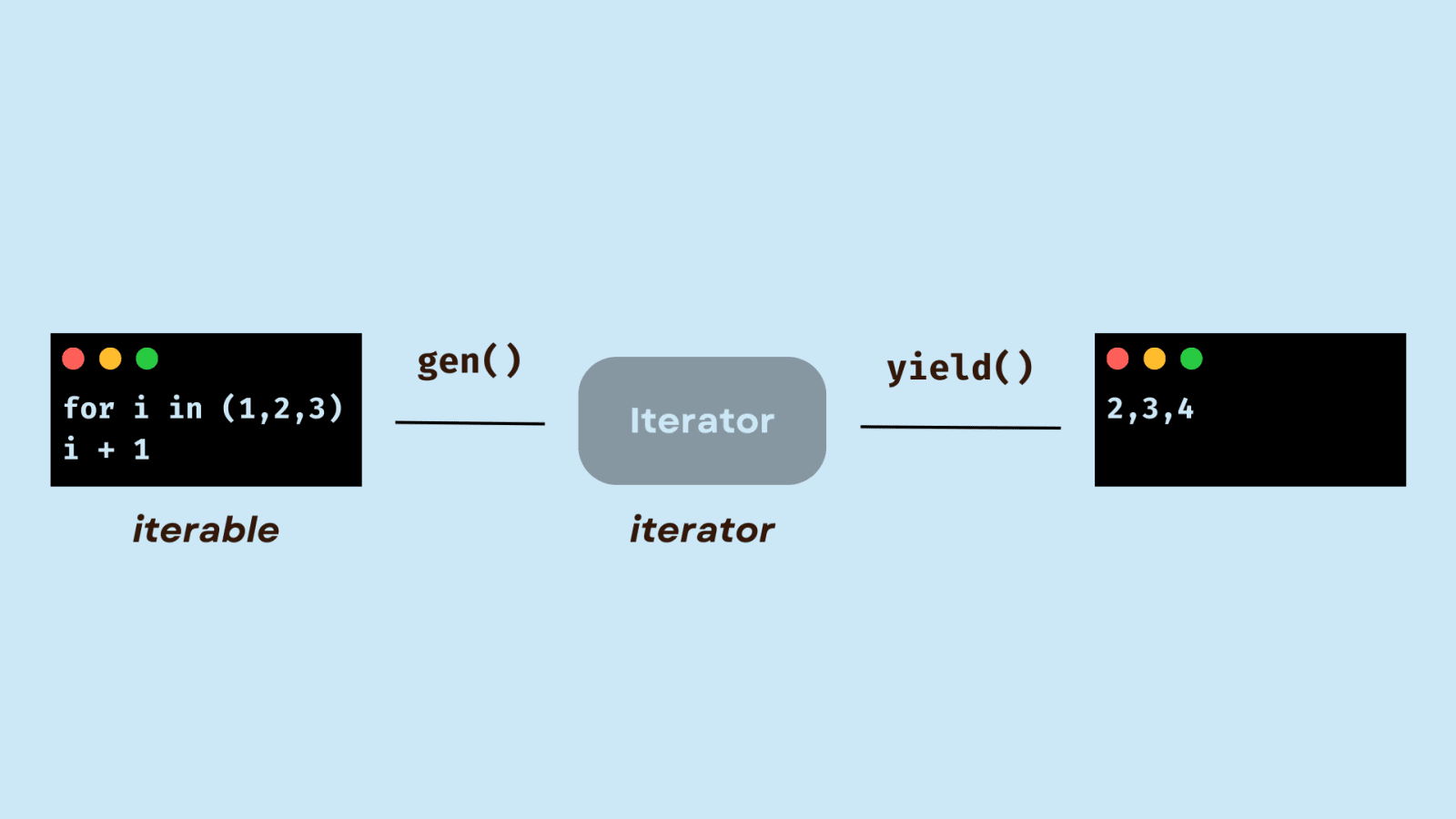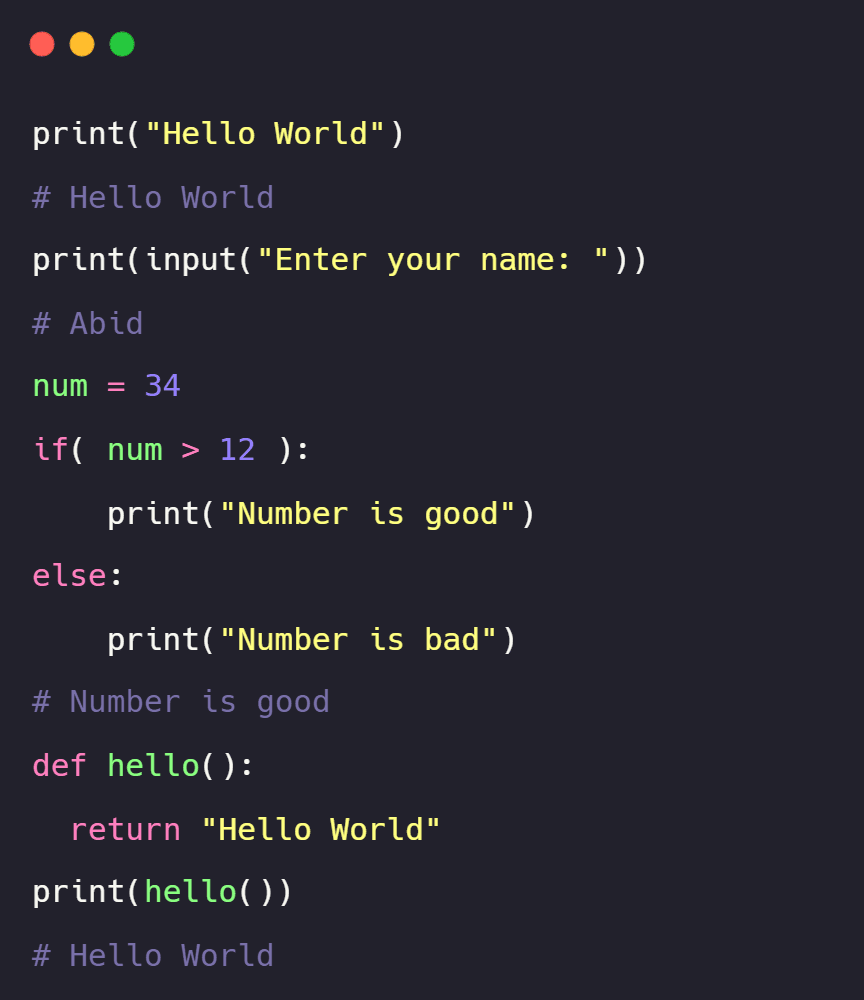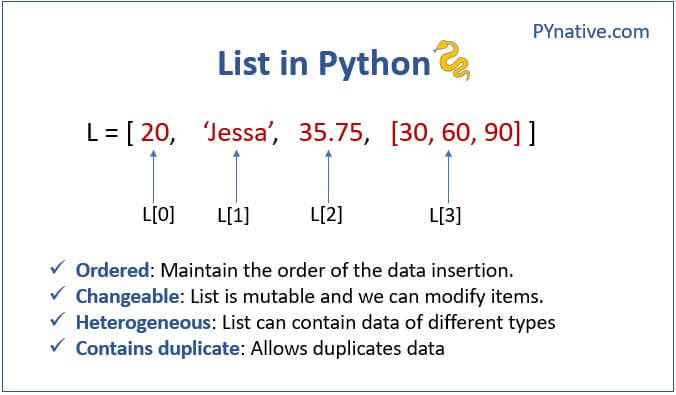What is the scope of a Python application?
What is the scope of a Python application?

The scope of a Python application refers to the extent and range of its functionality, reachability, and impact on various aspects of an organization or individual. As a versatile programming language, Python applications can be designed to operate at different levels and in diverse domains. Here are some examples of the scope of a Python application:
Web Development: Python is widely used for building web applications using popular frameworks like Django, Flask, Pyramid, and TurboGears. A Python application can create a robust web service, a dynamic website, or even a full-fledged web-based system. Data Science and Analytics: Python's extensive libraries and tools (e.g., NumPy, pandas, scikit-learn, TensorFlow) make it an ideal choice for data analysis, machine learning, and visualization. Applications in this scope can include data mining, predictive modeling, and data-driven insights. Automation and Scripting: Python's flexibility and ease of use make it perfect for automating repetitive tasks, scripting, or building custom applications. Examples include automating file transfers, creating scripts to manage databases, or designing automated workflows. Gaming Development: The Pygame and Panda libraries enable developers to create games using the Python programming language. A Python application in this scope can range from simple 2D games to complex 3D simulations. Scientific Computing and Research: Python's popularity in scientific computing, numerical analysis, and data visualization has led to numerous applications in various fields like physics, biology, chemistry, and more. Examples include simulating complex systems, analyzing large datasets, or optimizing experimental designs. Embedded Systems and IoT: Python can be used for developing firmware and software for embedded systems and IoT devices. In this scope, a Python application might control sensors, manage networks, or interact with hardware components. Education and Learning Tools: Python's simplicity and ease of learning make it an excellent choice for educational tools and applications. Examples include interactive textbooks, programming tutors, and gamified learning platforms. Business Operations and Administration: Python can be used to automate administrative tasks, manage databases, or create business intelligence reports. Applications in this scope might streamline workflows, reduce manual errors, or generate insights from company data. Artificial Intelligence and Machine Learning: Python's extensive libraries (e.g., OpenCV, Keras, NLTK) make it a popular choice for developing AI-powered applications. Examples include natural language processing, computer vision, and predictive modeling systems. Security and Penetration Testing: Python is used in various security-related tasks like vulnerability scanning, penetration testing, and security auditing. Applications in this scope can help identify weaknesses, analyze threat levels, or develop secure coding practices.In conclusion, the scope of a Python application is vast and encompasses a wide range of domains, from web development to data science, automation, and artificial intelligence. The language's versatility, flexibility, and ease of use make it an ideal choice for developers and organizations looking to create innovative solutions that can have a significant impact.
What is scope of work in Python?
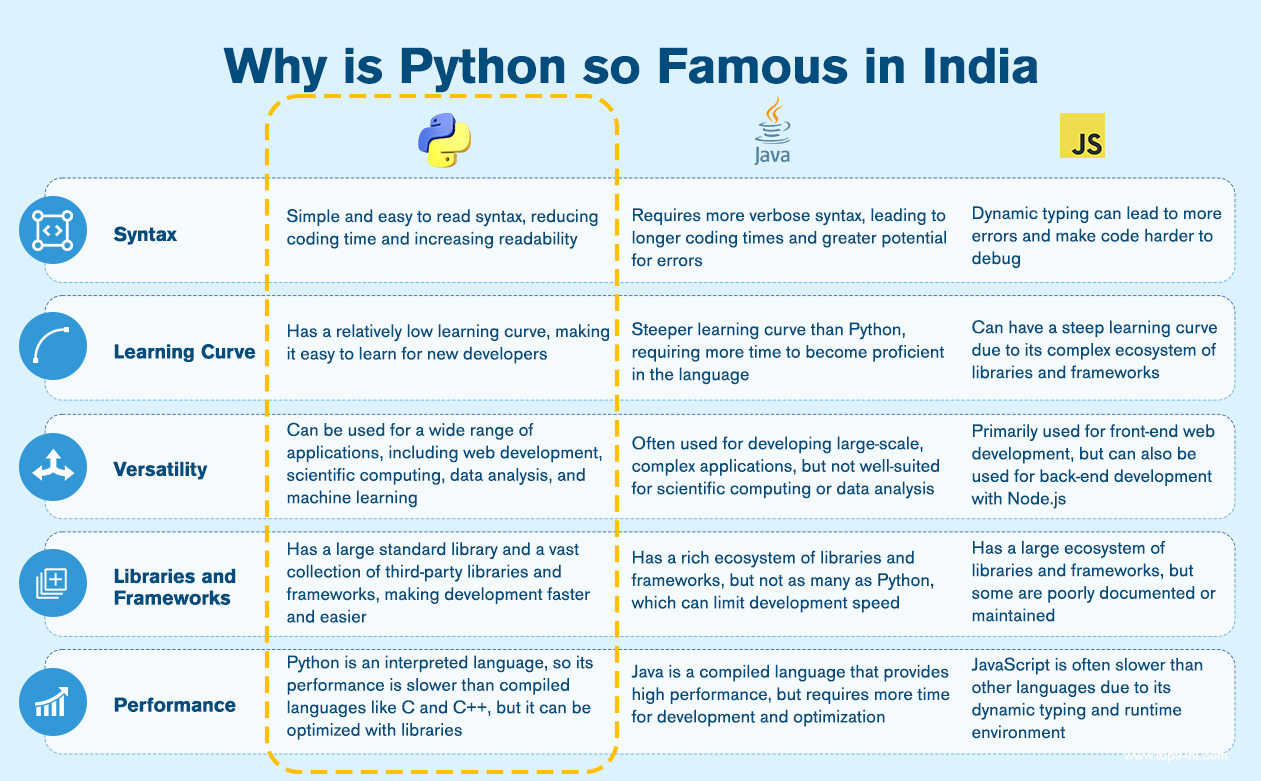
I'll respond in English since you asked for it.
Scope of Work (SOW) refers to the specific tasks, deliverables, and responsibilities that a contractor or freelancer will undertake as part of a project. In Python, SOW can be used to define the boundaries of a program, outlining what code should be written, tested, and implemented.
To illustrate this concept in Python, let's consider an example. Suppose you're building a chatbot for customer support using natural language processing (NLP) techniques. The scope of work might include:
Text Preprocessing: Write Python code to preprocess the text data by tokenizing, stemming, lemmatizing, and removing stop words. Tokenization: Implement tokenization using NLTK or spaCy to split the input text into individual words or phrases. Entity Recognition: Use machine learning models like CRFs or transformers to identify entities such as names, locations, organizations, and dates in the text data. Intent Detection: Develop a classification model that predicts the intent behind user queries (e.g., booking, cancellation, or general inquiry). Response Generation: Create a template-based response system that generates human-like replies based on the identified intent and entities.In this example, the scope of work defines specific tasks for building the chatbot's core functionality:
Tasks: Preprocess text data, tokenize input, identify entities, detect intents, generate responses Deliverables: A preprocessed dataset for training models Tokenized input text Identified entities and their corresponding parts of speech (POS) Intent detection model trained on labeled data Response generation templates based on intent and entity recognitionBy defining the scope of work, you can ensure that your Python code is focused on delivering specific results rather than venturing into unrelated areas. This approach helps maintain clarity, reduces ambiguity, and enables effective collaboration with team members or stakeholders.
In summary, scope of work in Python outlines the specific tasks, deliverables, and responsibilities for a project or task, providing a clear direction for your coding endeavors.
